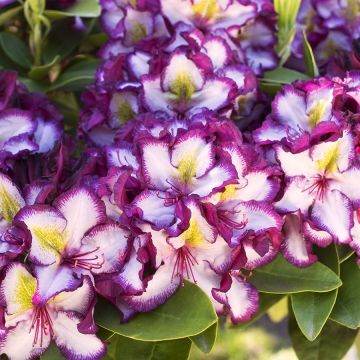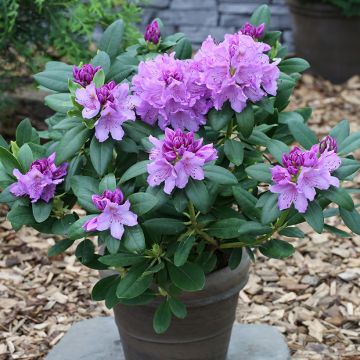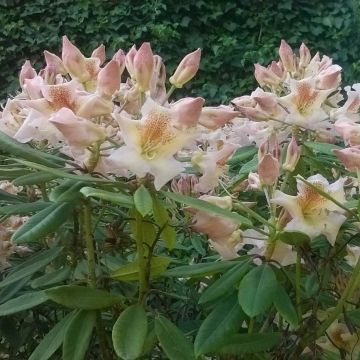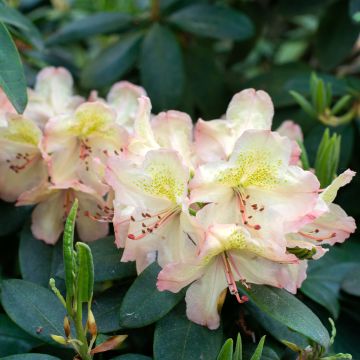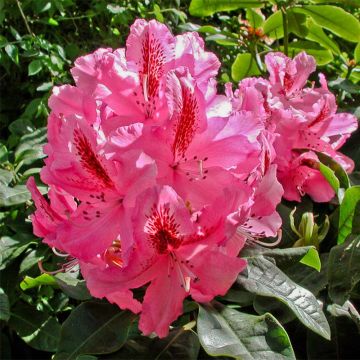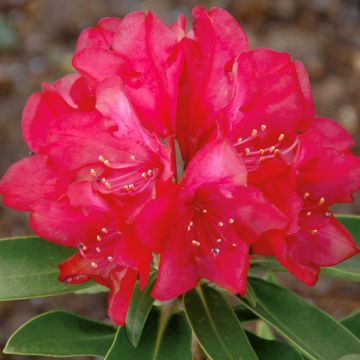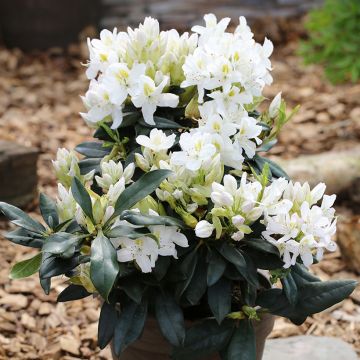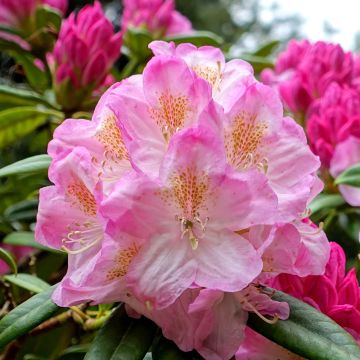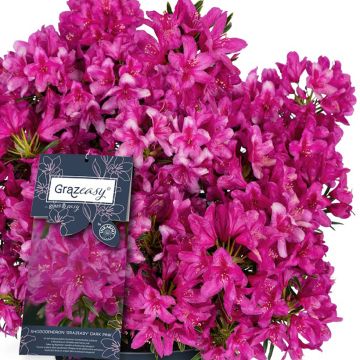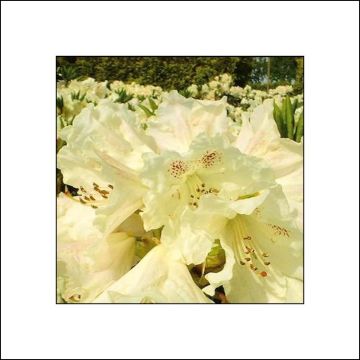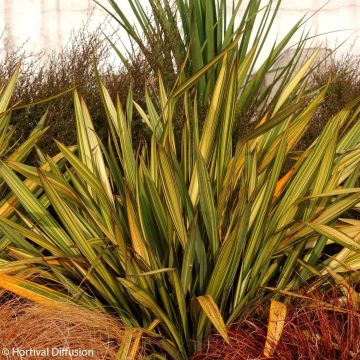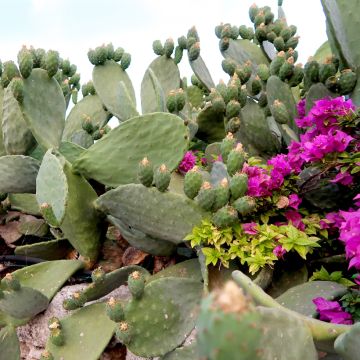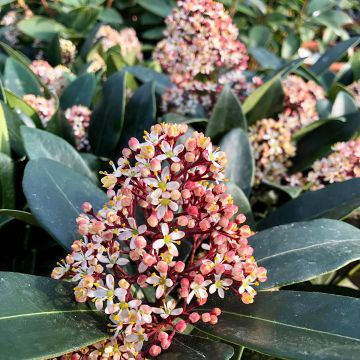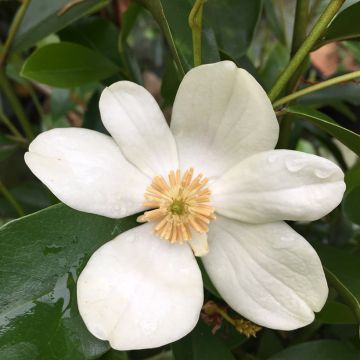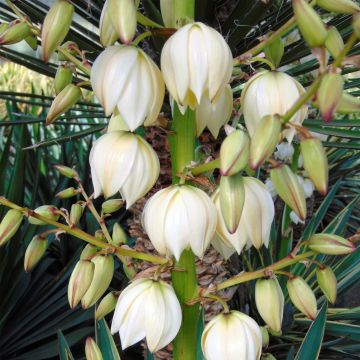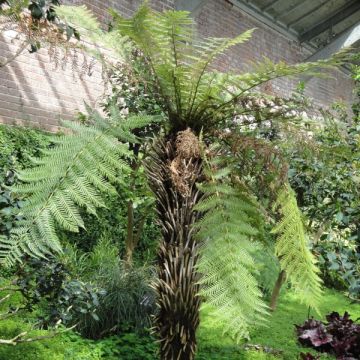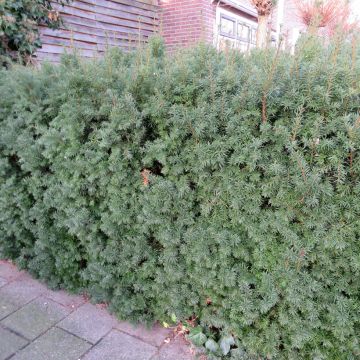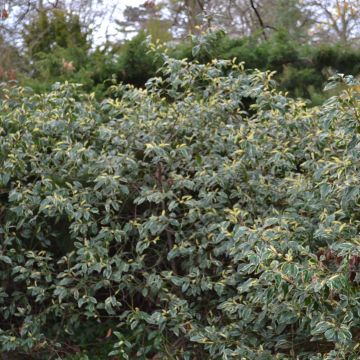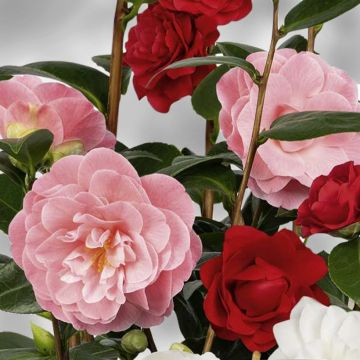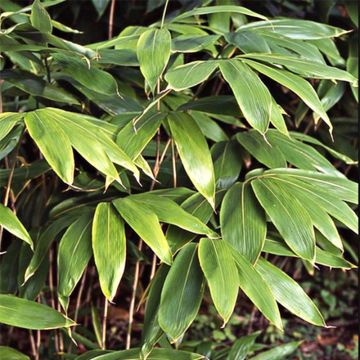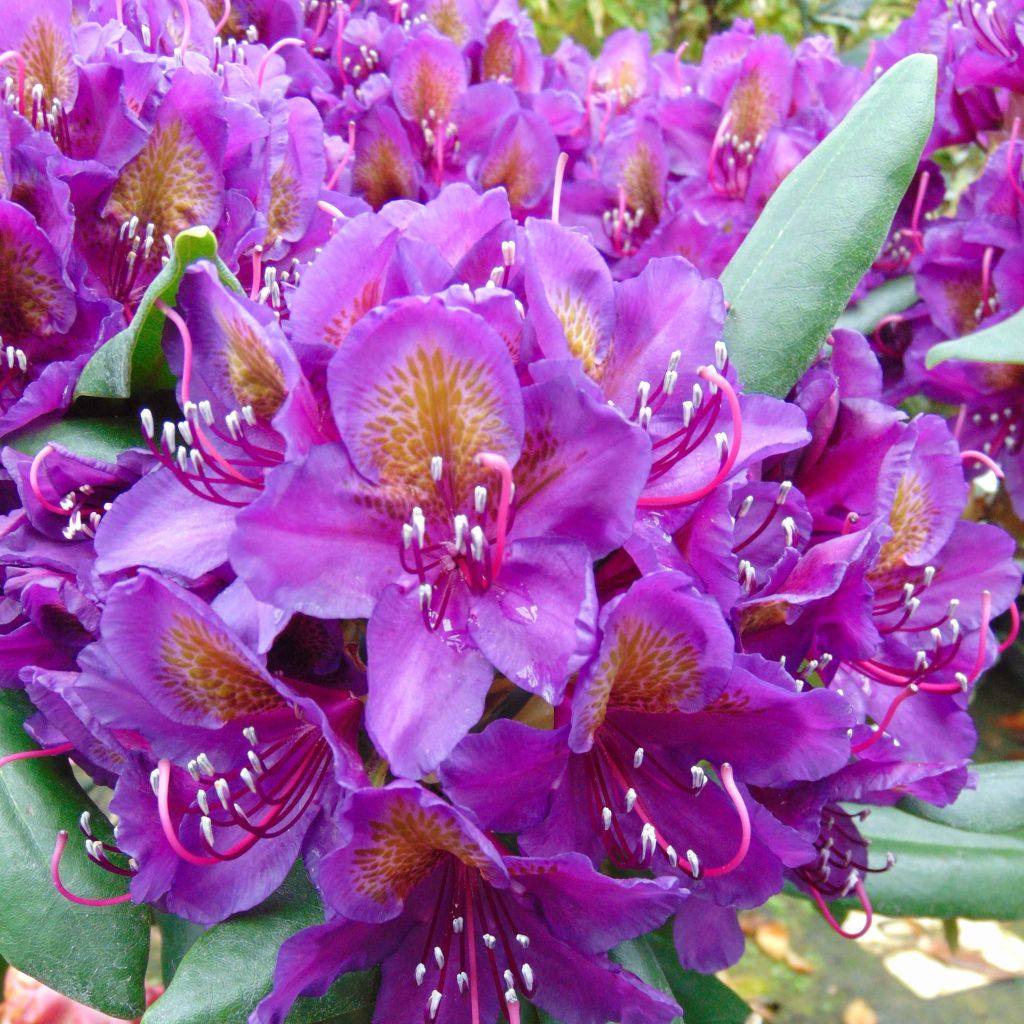

Rhododendron Inkarho Marcel Ménard
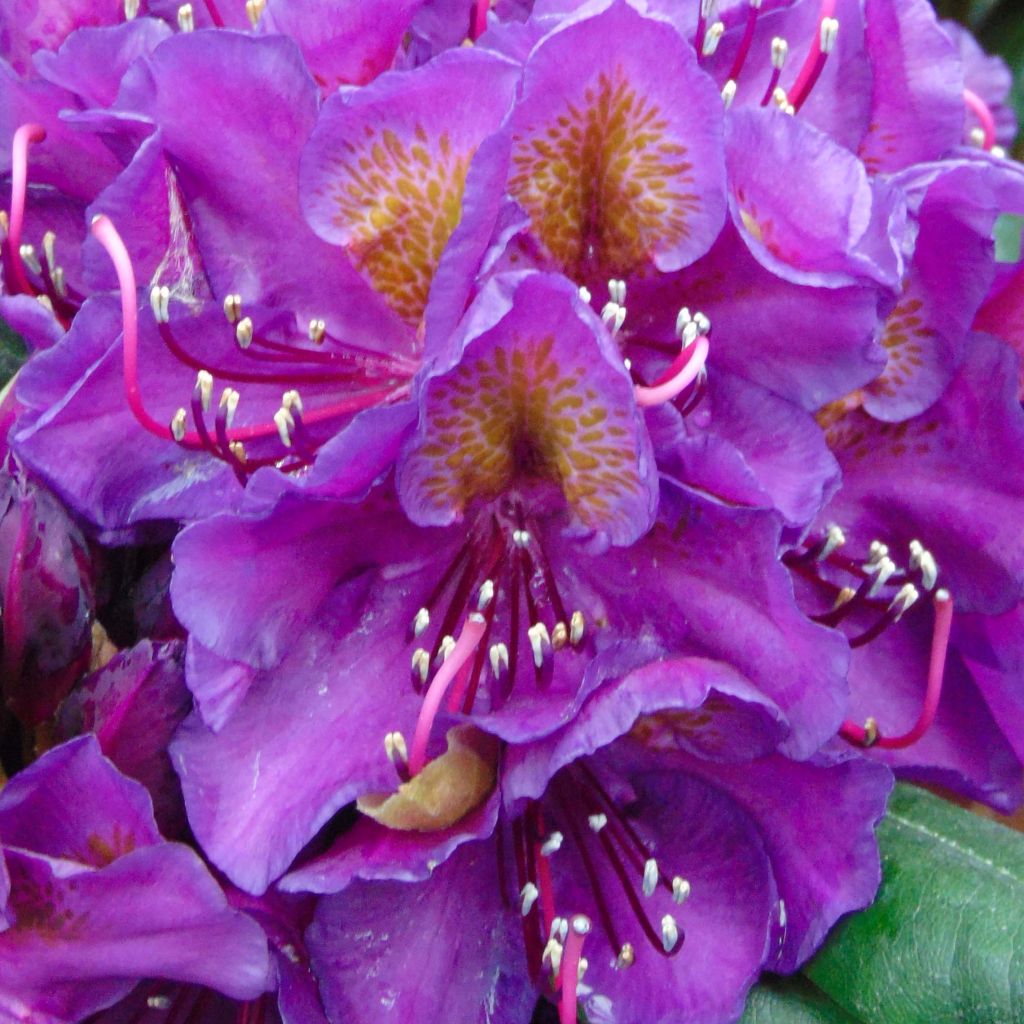

Rhododendron Inkarho Marcel Ménard
Rhododendron INKARHO Marcel Ménard
Rhododendron INKARHO® Marcel Ménard
Rhododendron
The bush arrived in good condition, but a bit unbalanced with a long branch. It has flowered. Its flowers are wonders.
Mumu54, 11/11/2023
This item cannot be shipped to the selected country
Delivery charge from €5.90
More information
Delivery charge from €5.90
More information
Schedule delivery date,
and select date in basket
This plant carries a 24 months recovery warranty
More information
We guarantee the quality of our plants for a full growing cycle, and will replace at our expense any plant that fails to recover under normal climatic and planting conditions.
From €5.90 for pickup delivery and €6.90 for home delivery
Express home delivery from €8.90.


Does this plant fit my garden?
Set up your Plantfit profile →
Description
Rhododendron Inkharo Marcel Ménard, just like the other varieties in the Inkharo range, is grafted onto an amazing Rhododendron that tolerates clayey and slightly chalky soils much better. This old French variety dating back to 1924 remains exceptional due to its dark purple colour and its large round inflorescences, each flower delicately marked with ochre and dotted with brown. The compact bush has a lovely rounded habit and is adorned with particularly dark green foliage, which is attractive all year round. It will flower in April-May, creating a dazzling display in partially shaded borders. Fully hardy, it tolerates sun fairly well as long as the soil remains consistently moist.
Rhododendrons encompass over 800 species in the heather family, grown for their massive and beautiful blooms. The history of the Inkharo Rhododendrons, plants that are a bit revolutionary and were recently presented at the Chelsea Flower Show, began in Germany over 20 years ago. The discovery of a rhododendron naturally growing in a chalk quarry led to the grafting of different varieties onto its extraordinary root system. The bushes obtained through this method tolerate a wide range of soils with a pH ranging from 4.5 to 7.5, provided they are loose, fertile, moist, and not excessively chalky. In summary, a soil that is suitable for hydrangeas.
The variety 'Marcel Ménard', obtained by hybridizers Croux et Fils in 1924, is one of the darkest cultivars, both in terms of flowers and foliage.
The bush is wider than it is tall, reaching approximately 1m (3ft) in height and 1.2m (4ft) in width at maturity. Under particularly favourable conditions, the bush can grow up to 1.5m (5ft) in height. The branches are abundantly covered with narrow evergreen foliage that is very dark and glossy. It is a slow-growing, but vigorous and hardy plant. In April-May, its spectacular flowering consists of corymbs of 15 beautiful large flowers! The buds, a dark purple, open into flowers of a warm violet reminiscent of petunias, beautifully adorned with orange-ochre areas called 'imperial' and dotted with brown at the base of the petals. The flower's throat also features beautiful white stamens.
It is high time for Rhododendrons to break free from the constraints of soil conditions: this is now possible with the new Inkharo varieties, which are no more difficult to cultivate than hydrangeas! The Rhododendron Inkharo Pierre Ménard will thrive in partial shade in a moist, fertile, loose soil without excess chalk. Reasonably hardy, it will reach its full potential in a humid and cool climate. It can be used as a stand-alone specimen or in mass plantings, especially with other acid-loving plants or simply with other flowering shrubs, the choice is vast! It can be paired with lilacs, with its violet flowers complementing their white, pink, purple, mauve, or violet clusters, stellata magnolias, and of course hydrangeas and camellias... It can also be planted in a beautiful pot on the terrace, taking care to regularly provide it with fertilizer and water (not too chalky) for watering.
Rhododendron INKARHO Marcel Ménard in pictures
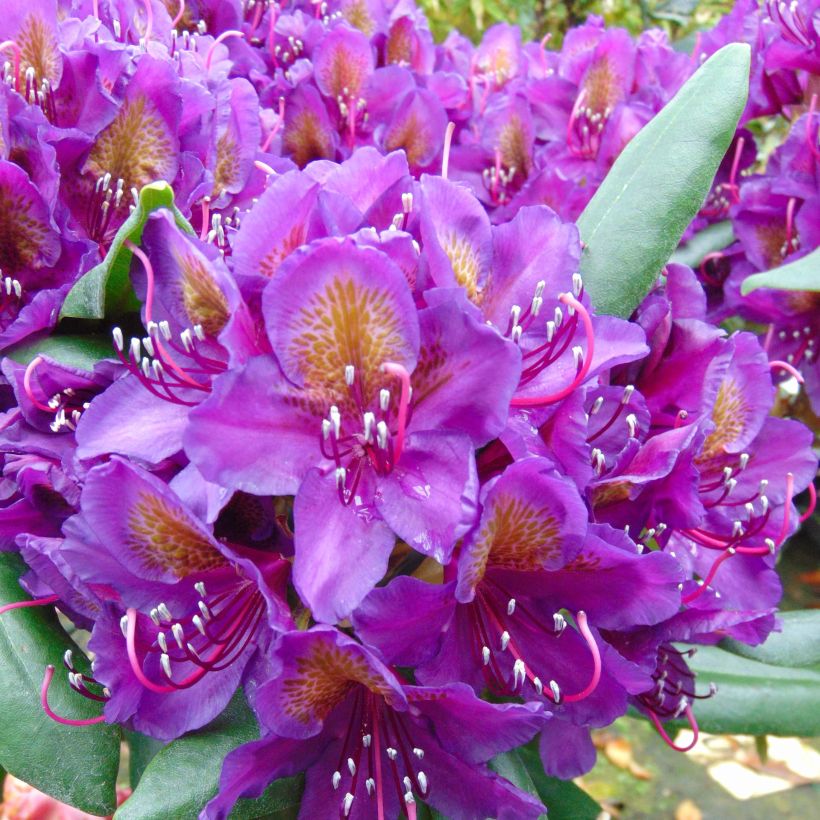

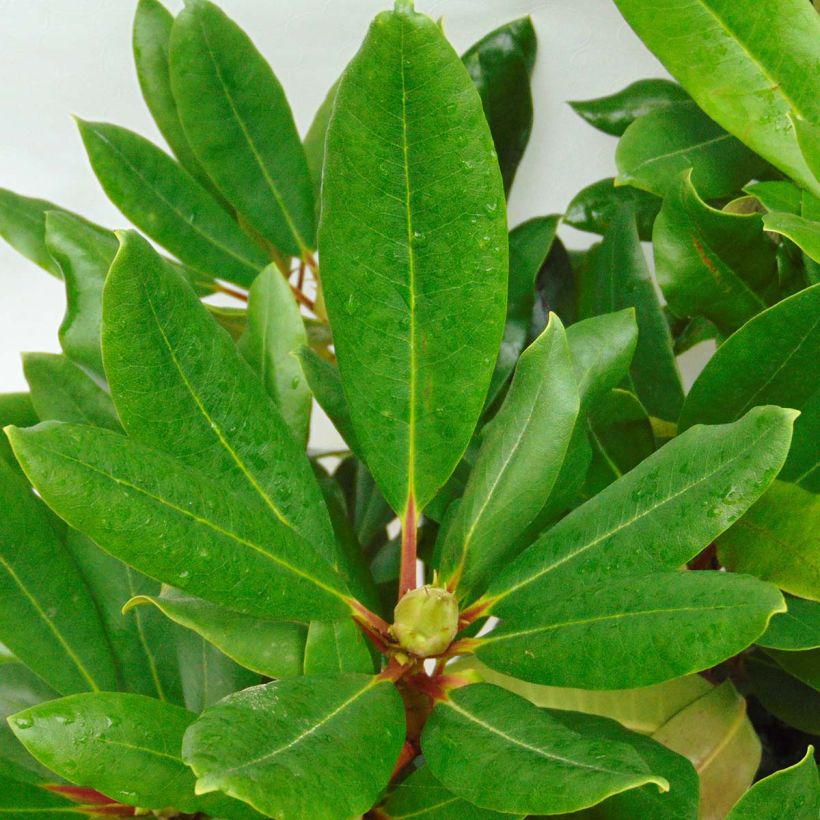

Plant habit
Flowering
Foliage
Botanical data
Rhododendron
INKARHO® Marcel Ménard
Ericaceae
Rhododendron
Cultivar or hybrid
Other Inkarho Rhododendrons
Planting and care
Plant the Rhododendron Hinkaro Marcel Ménard in a shady or semi-shady location, protected from cold and drying winds, in a moist, loose, fertile soil. It should be slightly alkaline, neutral or acidic, just like soil that suits a hydrangea. Dig a hole three times larger than the pot. Soak the root ball in water and plant the bush at the level of the collar, in a nourishing mixture composed of leaf compost, gravel or pumice, and loam or topsoil, as Inkarho Rhododendrons are hungry plants. Water generously and keep the soil moist in summer.
Azaleas and Rhododendrons have a relatively shallow root system. As a result, they are sensitive to long periods of drought. That's why soil enriched with humus and abundant watering during dry periods is recommended. Apply a layer of wood chips or mulch around the base of the bush every spring to keep the soil cool while maintaining a slightly acidic pH.
Maintenance consists of removing faded flowers after flowering and pruning out any dead branches. Azaleas and Rhododendrons can sometimes be attacked by weevils that eat the edges of the leaves and rootlets, as well as by the infamous "rhododendron caterpillar," which does not usually cause significant damage. There are effective natural solutions against weevils. Yellowing of the leaves (chlorosis) in Rhododendrons indicates poor assimilation of iron from the soil and leads to the premature death of the plant. While limestone is often the cause, poorly drained soil or a deeply planted root ball can also explain the phenomenon.
Planting period
Intended location
Care
-
, onOrder confirmed
Reply from on Promesse de fleurs
Evergreen shrubs
Haven't found what you were looking for?
Hardiness is the lowest winter temperature a plant can endure without suffering serious damage or even dying. However, hardiness is affected by location (a sheltered area, such as a patio), protection (winter cover) and soil type (hardiness is improved by well-drained soil).

Photo Sharing Terms & Conditions
In order to encourage gardeners to interact and share their experiences, Promesse de fleurs offers various media enabling content to be uploaded onto its Site - in particular via the ‘Photo sharing’ module.
The User agrees to refrain from:
- Posting any content that is illegal, prejudicial, insulting, racist, inciteful to hatred, revisionist, contrary to public decency, that infringes on privacy or on the privacy rights of third parties, in particular the publicity rights of persons and goods, intellectual property rights, or the right to privacy.
- Submitting content on behalf of a third party;
- Impersonate the identity of a third party and/or publish any personal information about a third party;
In general, the User undertakes to refrain from any unethical behaviour.
All Content (in particular text, comments, files, images, photos, videos, creative works, etc.), which may be subject to property or intellectual property rights, image or other private rights, shall remain the property of the User, subject to the limited rights granted by the terms of the licence granted by Promesse de fleurs as stated below. Users are at liberty to publish or not to publish such Content on the Site, notably via the ‘Photo Sharing’ facility, and accept that this Content shall be made public and freely accessible, notably on the Internet.
Users further acknowledge, undertake to have ,and guarantee that they hold all necessary rights and permissions to publish such material on the Site, in particular with regard to the legislation in force pertaining to any privacy, property, intellectual property, image, or contractual rights, or rights of any other nature. By publishing such Content on the Site, Users acknowledge accepting full liability as publishers of the Content within the meaning of the law, and grant Promesse de fleurs, free of charge, an inclusive, worldwide licence for the said Content for the entire duration of its publication, including all reproduction, representation, up/downloading, displaying, performing, transmission, and storage rights.
Users also grant permission for their name to be linked to the Content and accept that this link may not always be made available.
By engaging in posting material, Users consent to their Content becoming automatically accessible on the Internet, in particular on other sites and/or blogs and/or web pages of the Promesse de fleurs site, including in particular social pages and the Promesse de fleurs catalogue.
Users may secure the removal of entrusted content free of charge by issuing a simple request via our contact form.

































